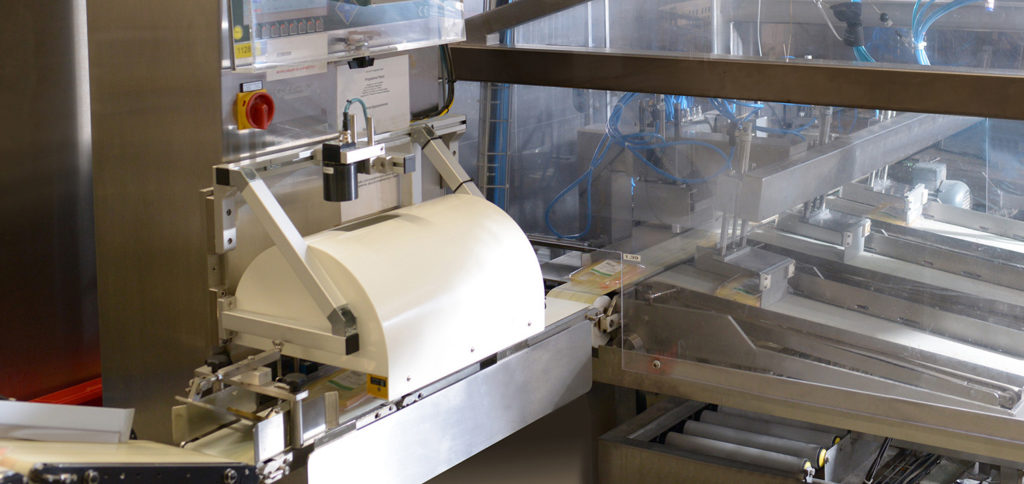Prioritizing accurate product labeling

Automated processes have made their way into factories that manufacture dairy products. As digital processes are more widely adopted, accuracy takes on an increasingly crucial role. Product labeling is part of that. If something goes awry with the label, even minor mistakes in typing up or printing them, it may lead to the entire product batch having to be scrapped. That’s a lot of milk that then can’t be sold.
Automated manufacturing is on the rise, for foods as well as dairy products. While this doesn’t necessarily translate into faster customized production processes – good things take time – it does mean that manufacturers are achieving higher levels of accuracy and learning more about their processes and how to optimize them.
At the same time, traditional handmade products, such as those crafted in village cheese shops, are also trending. These products meet various consumer demands for gourmet tastes, guaranteed quality, locally sourced goods, authenticity and products that are totally unique. Admittedly, these tend to be luxuries that go far beyond simple nutrition, and they have their price. Which is why a feasible market volume is rather limited.
High mass-production rates
Mass production primarily comes into play with basic commodities. In the dairy world, this could be UHT pasteurized milk, prepackaged sliced cheese, or whipping cream. Massive quantities of these products are churned through production lines every day. Unfortunately, despite automation, even minimal changes require on-the-spot controls. Otherwise, you’re looking at high losses when it comes to packaging material and even production. That’s why production lines have to be monitored continuously. In general, this job is done by humans.
The label: It helps when deciding which packaged food to buy and serves to protect consumers. The main focus is on the ingredients and properties of the food. There are largely standardized rules on this within the European single market.
These days, fast-paced production demands that the operator has some assistance. When it comes to packaging cheese slices, for example, the number of cycles performed by the thermoforming machine makes it impossible to monitor the process with a simple visual check. At least not one that the human eye can handle.
Product labeling: check every single label
In product labeling, every step is controlled to the very last detail. And that’s important because, as anyone in the manufacturing business knows, product batches can only be sold if the labels are correct. Until recently, bar code stickers may have undergone random machine-assisted checks. These days, manufacturers are increasingly inspecting all the information on each and every label. Generally, checks are performed to spot defects such as whether packaging is missing a labels or stuck with the wrong one – or maybe the labels are illegible, weren’t read properly by the machine or have been processed incorrectly. There are also a whole range of additional error sources such as foreign language labels with Asian, Greek or Cyrillic scripts that the machine operator might not be able to read. Not to mention weight and volume standards that vary by country.
And that’s not all. Given conveyor belt speeds of around one meter per second, operators are left with a maximum of 150 milliseconds for checking and evaluating two codes and up to 20 additional texts, dates, logos or dimensions on each packaged unit, explains Stefan Waizmann from SVS-Vistek, an expert in image processing.
The big challenge: label inspection
Clearly, completely automated label inspections are a big challenge. It begins with camera technology, includes exposure settings (most labels are glossy and reflect light) and ends with a database that stores all the correct information for the purposes of comparing this information with the information on the labels currently on the production line. And then there’s also the connection to the in-house ERP system.
Checking product labeling for correctness is and remains a matter for experts. This means that food manufacturers aiming for more accuracy in their production lines should consult specialists. That’s where trade fairs come in: They provide the ideal venue for accessing expert advice. Here you can see what’s on offer and consult with specialists face to face to find solutions to your problems. The next drinktec will be held in Munich from September 13 to 17, 2021. Save the date now to make sure you don’t miss out on cutting-edge technologies, especially on the product labeling front.
